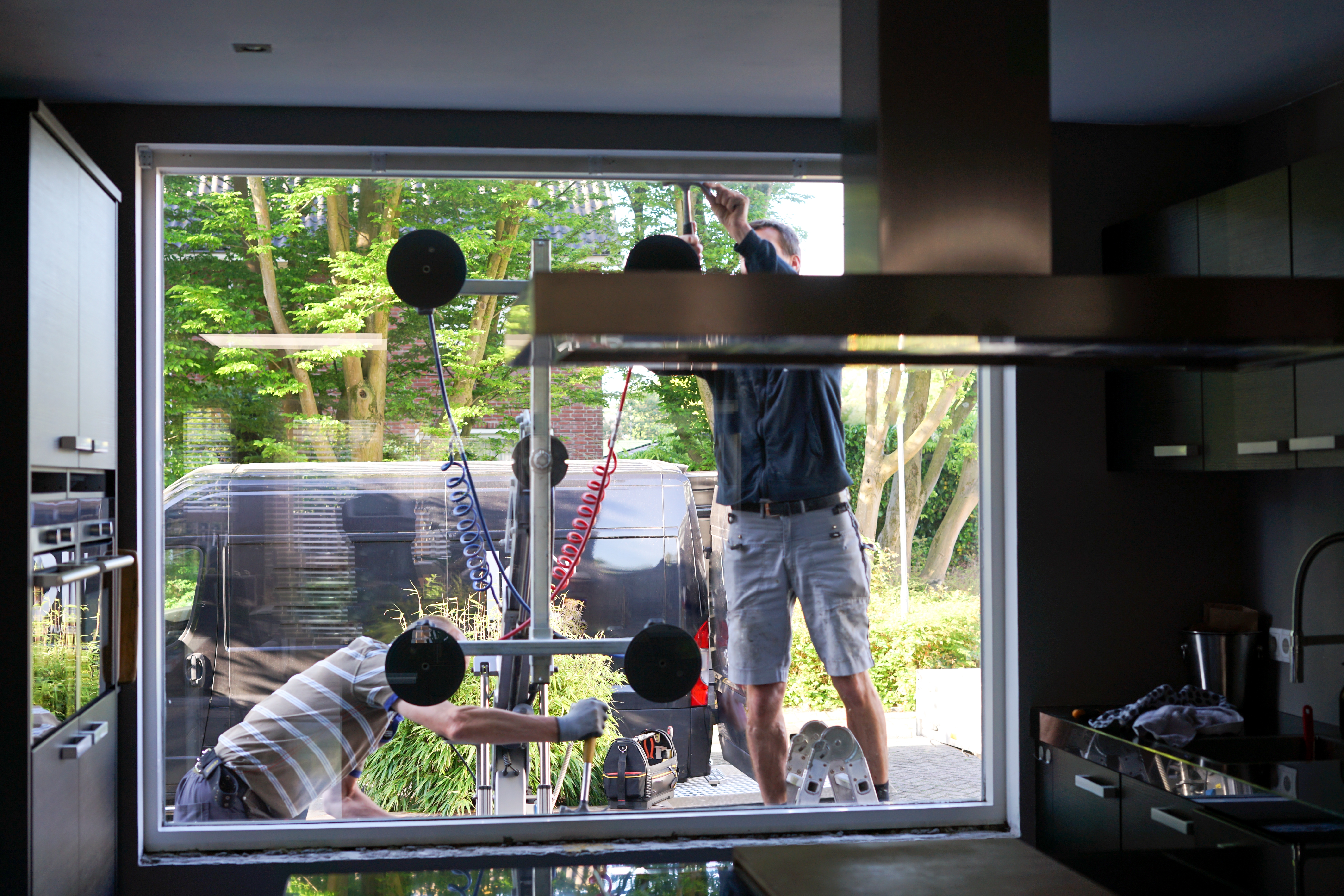Building a new home is an exciting endeavor, but it’s crucial to approach it with a strategic mindset to ensure you’re getting the best return on investment (ROI). While it’s natural to want all the bells and whistles, some upgrades might not provide the financial benefits you expect. In this blog, we’ll explore upgrade features that are less likely to yield a strong ROI and offer tips on how to avoid overspending.
1. Excessive Square Footage: Size Matters
One common misconception is that bigger is always better. Building a home with excessive square footage, surpassing the average size in your neighborhood, could actually lower your ROI. To avoid this, carefully evaluate your family’s needs and compare them to the typical home sizes in your area. Strive for a comfortable size without significantly exceeding local norms.
2. High-End Customization: Balancing Personalization and ROI
Customization is fantastic for creating a unique space, but over-the-top custom features like fully customized kitchens, exotic materials, or intricate details might not translate into a good ROI. To strike the right balance, collaborate with a designer or architect who can help you personalize your home while keeping an eye on cost-effectiveness.
3. Luxury Appliances: Quality vs. Cost
While high-end appliances can be tempting, their cost may not be fully recouped when you sell your home. To avoid overspending, choose quality appliances that strike a balance between functionality and cost. Prioritize energy efficiency and reliability over luxury branding.
4. Extensive Landscaping: Creating Appeal Without Overdoing It
Elaborate landscaping with intricate designs, expensive plants, and hardscaping may not provide a strong ROI. Instead, create an attractive landscaping plan that’s not overly extravagant. Focus on low-maintenance options to appeal to a broader audience.
5. Specialized Rooms: Flexibility Is Key
Specialized rooms like home theaters, wine cellars, or saunas can be costly, and not all buyers will appreciate these features. To avoid this, consider creating flexible spaces that can serve multiple purposes. For example, a media room can also function as a guest bedroom.
6. Excessive Upgrades in a Modest Neighborhood: Matching Your Surroundings
If your new home is in a neighborhood with lower-priced homes, heavy investment in high-end upgrades may not provide a good ROI. Tailor your upgrades to align with the neighborhood’s overall finish level. This will help your home stand out without being overpriced for the area.
7. Trendy Features: The Timeless vs. the Trendy
Trendy design elements can quickly become outdated. To avoid this, focus on timeless choices for major features like kitchen cabinets and countertops. Reserve trendy elements for easily replaceable items like decor and accessories.
8. Unusual Floor Plans: Functional and Marketable
Unconventional floor plans can limit your home’s appeal to potential buyers. To avoid this, work with an architect or builder experienced in designing functional and marketable floor plans.
9. Excessive Home Automation: Striking the Right Balance
While smart home technology is appealing, going overboard with complex and costly automation systems may not provide a good ROI. Invest in automation that enhances convenience and energy efficiency without becoming overly customized or difficult to use.
10. In-ground Swimming Pools: Weighing the Pros and Cons
In-ground pools can be expensive to install and maintain, and not all buyers desire them. Consider alternative amenities like a well-designed outdoor entertaining area that appeals to a broader range of potential buyers.
To make informed decisions about upgrades, consult with a local real estate agent or appraiser familiar with your area’s market conditions and buyer preferences. They can provide valuable guidance on which upgrades are more likely to yield a strong ROI based on your specific location and target demographic. Additionally, remember to balance your personal preferences and needs with cost-effective choices to create a comfortable living space that’s also a wise investment.
